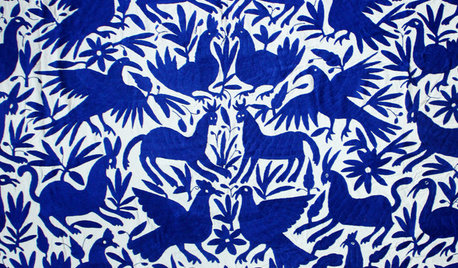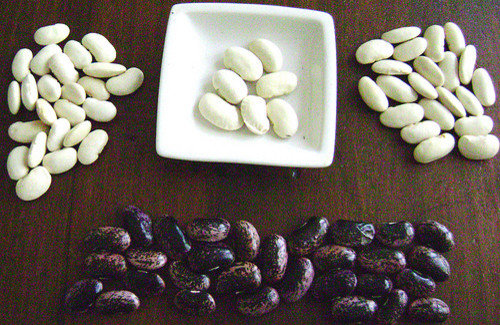Runner beans - so many different types?
cabrita
13 years ago
Related Stories

TILESo Many Reasons to Love Cement Tiles
You’ll notice their beautiful patterns right away, but cement tiles have less obvious advantages too
Full Story
SUMMER FRUITS AND VEGETABLESSummer Crops: How to Grow Beans
Grow your own beans for amazing variety and healthy, convenient produce all summer
Full Story
MOST POPULAR8 Clues You're a Creative Type
You always knew you were different. And if these traits fit, now you'll know why
Full Story
DECORATING GUIDESBean There, Done That: Coffee Table Alternatives
Get creative with these ideas for salvaged and DIY pieces that will get people talking
Full Story
LANDSCAPE DESIGNThe 7 Best Plant Types for Creating Privacy and How to Use Them
Follow these tips for using different kinds of plants as living privacy screens
Full Story
EXTERIORS5 Types of Sloping Roofs That Hit the Right Pitch
These modern houses approach the everyday roof from a different angle
Full Story
LIFECondo, Co-op, Townhouse, TIC — What's the Difference?
Learn the details about housing alternatives so you can make a smart choice when buying a home
Full Story
MOST POPULAR8 Little Remodeling Touches That Make a Big Difference
Make your life easier while making your home nicer, with these design details you'll really appreciate
Full Story
PATTERNOtomi, Suzani, Kantha, Ikat: What’s the Difference?
Traditional textiles can make a room. Here’s how to spot some favorite styles from around the world
Full Story
PETSSo You Want to Get a Cat
If you're a cat lover, the joys outweigh any other issue. If you haven't lived with one yet, here are a few things to know
Full StorySponsored




drloyd
flora_uk
Related Discussions
Plz contrast Scarlet Runner Bean & Hyacinth Bean Vines
Q
Scarlet runner bean lots of flowers no beans?
Q
HAVE: pole beans, different types
Q
Difference between Runner and pole beans
Q
aftermidnight Zone7b B.C. Canada
MrClint
zeedman Zone 5 Wisconsin
farmerdilla
MrClint
aftermidnight Zone7b B.C. Canada
zeedman Zone 5 Wisconsin
farmerdilla
hemnancy
zeedman Zone 5 Wisconsin
flora_uk
cabritaOriginal Author
MrClint
flora_uk
catherine_nm
happyday
aftermidnight Zone7b B.C. Canada
farmerdilla
happyday
farmerdilla
drloyd
flora_uk
happyday
cabritaOriginal Author
happyday
flora_uk
happyday
flora_uk
happyday
happyday
macky77
cabritaOriginal Author
hemnancy
cabritaOriginal Author
drloyd
aftermidnight Zone7b B.C. Canada
hemnancy
drloyd
zeedman Zone 5 Wisconsin
sweetquietplace
drloyd
hemnancy
zeedman Zone 5 Wisconsin
flora_uk
drloyd
flora_uk
aftermidnight Zone7b B.C. Canada
drloyd